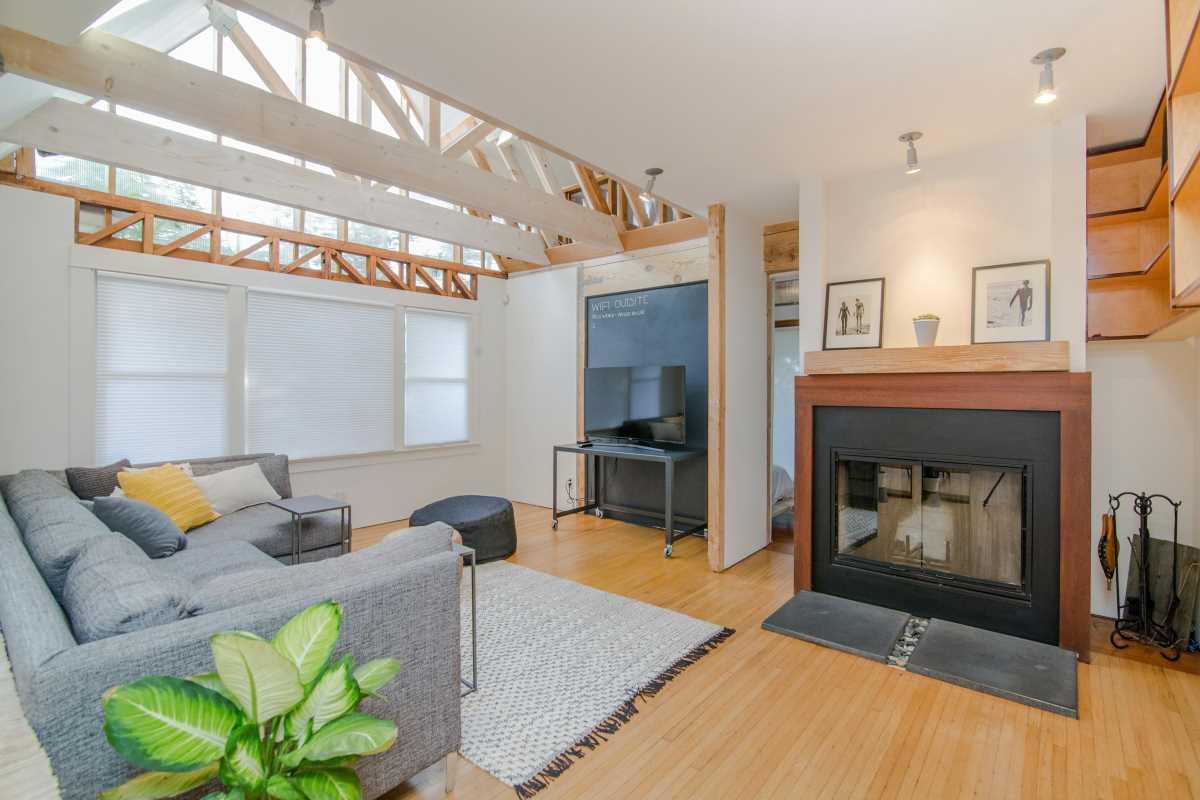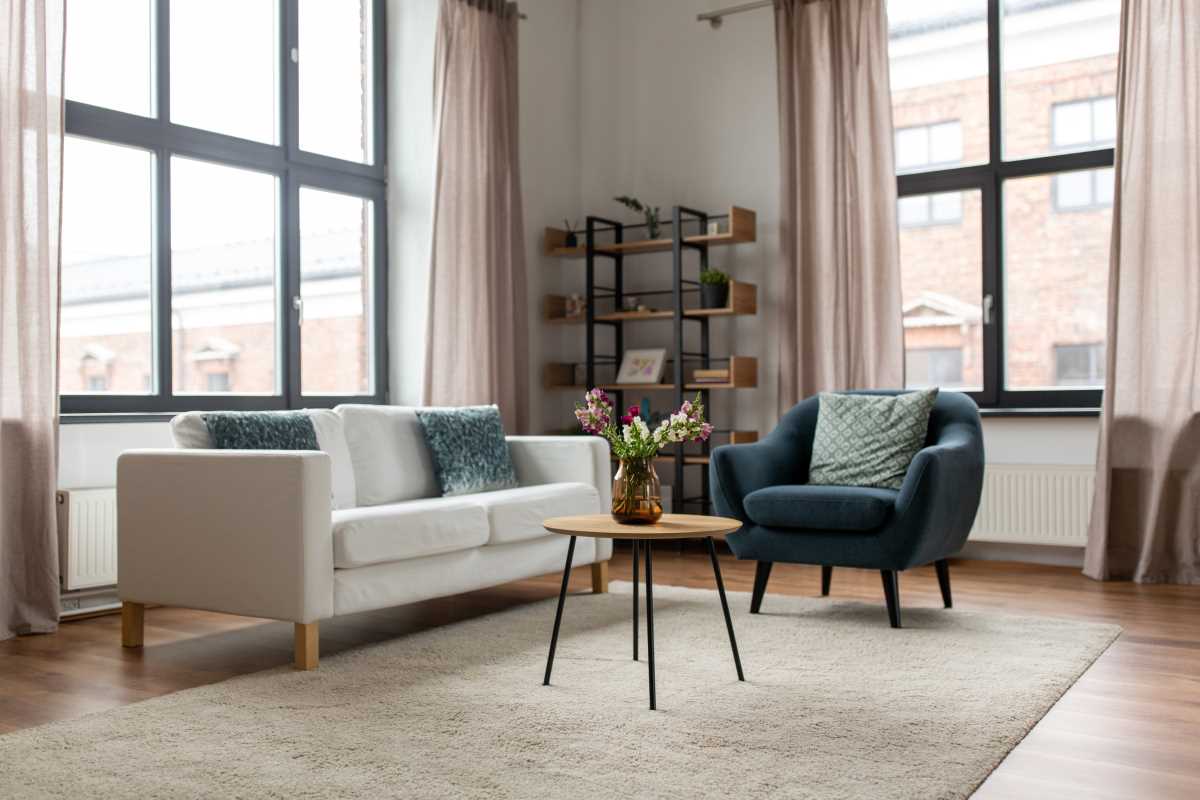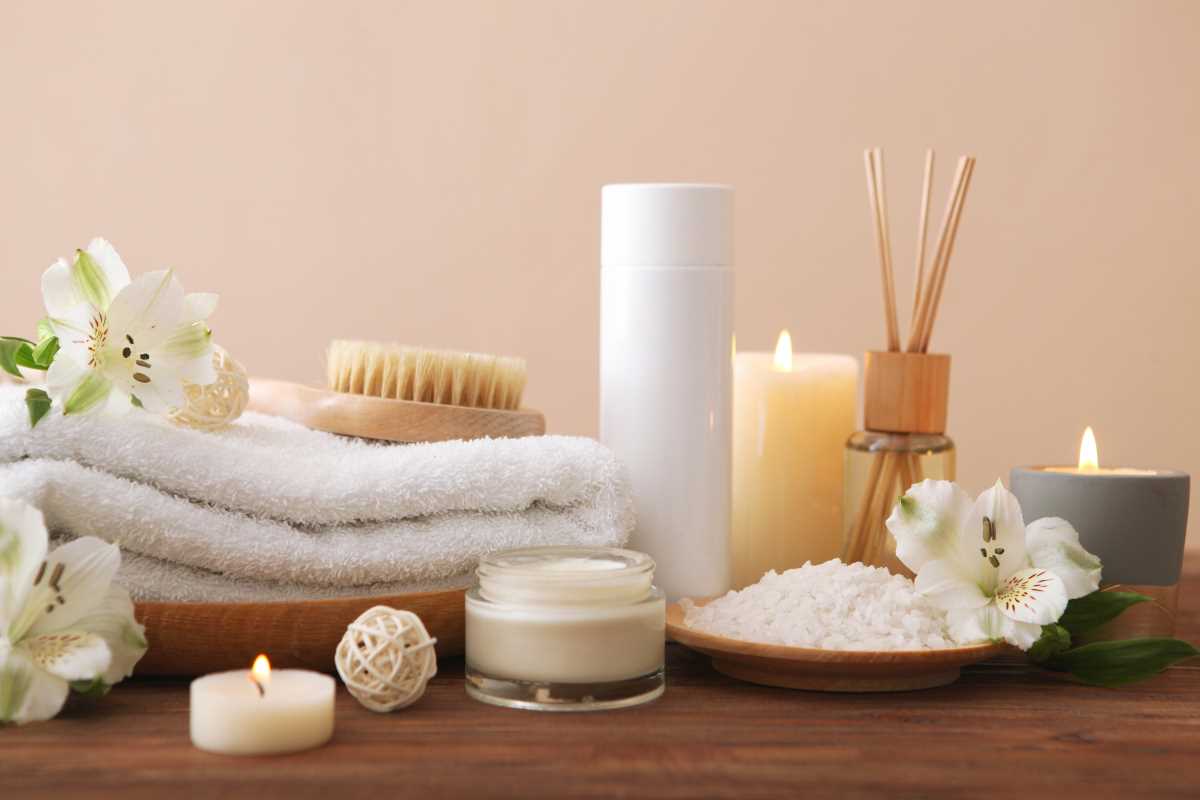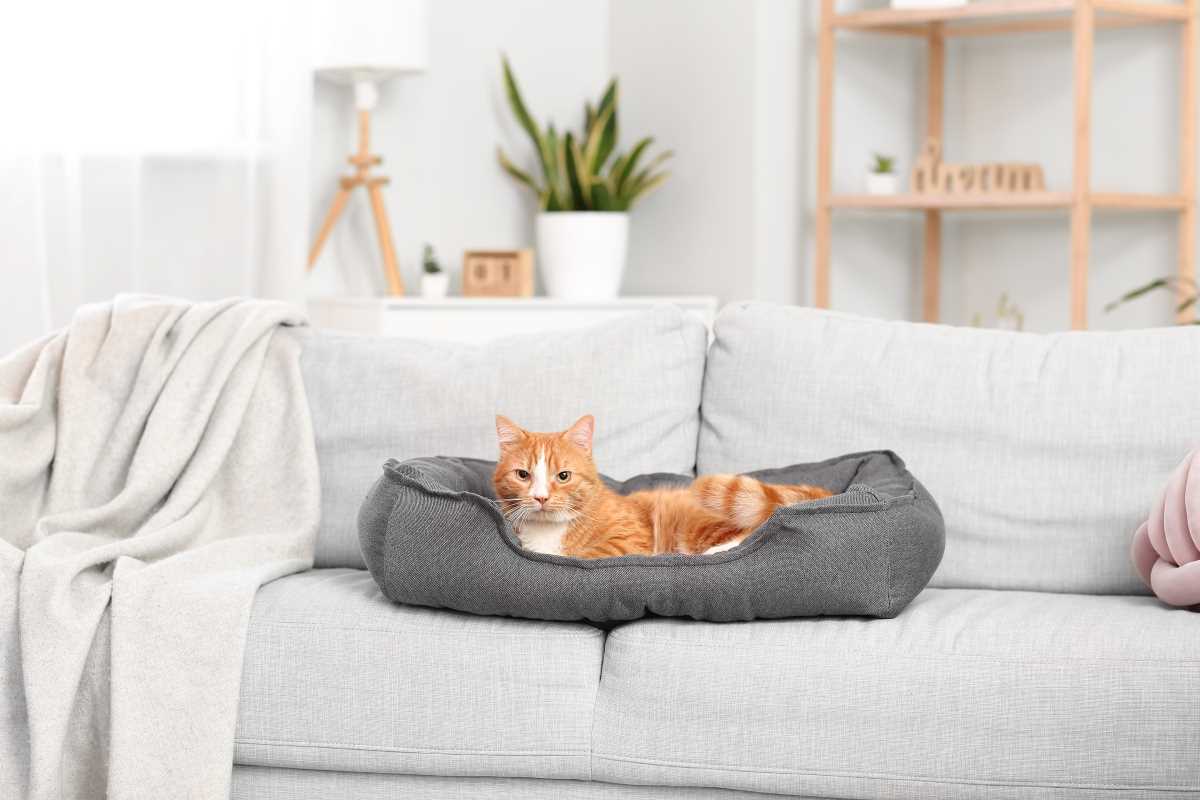Color plays a powerful role in shaping the atmosphere of any room, whether you want your living space to radiate vibrancy or your bedroom to offer a sense of peace. Selecting the right shades can turn ordinary interiors into welcoming retreats that reflect your unique style. Soft lavenders can bring a soothing quality to your surroundings, while lively citrus tones add a spark of creative energy. Every color holds the potential to influence how you feel in your home. By paying attention to the emotional impact of different hues, you can find palettes that brighten your mood even before you begin painting.
Fresh Ideas to Brighten Your Walls
Infusing joy into a room starts with selecting a base that feels almost like a personal signature. Choose warm neutrals infused with peach or dusted with rose to welcome sunlight in a way that feels nurturing and gentle. Pair these with deeper accent strokes—a rich terracotta or a mossy green—creating a subtle dialogue between warmth and grounded depth. These combinations offer a fresh perspective, making everyday routines feel like small celebrations of self-expression.
Bright moods emerge when you embrace contrast in unexpected ways. Consider a crisp off-white backdrop punctuated by a playful burst of coral or teal on a feature wall. This technique draws the eye to focal points and invites energy to flow through the space. Experimentation can extend beyond walls to include color-saturated furnishings or textured accessories that echo these hues. By layering shades thoughtfully, you craft an environment that feels curated and uniquely yours, and you can even discover budget-friendly ways to boost interest through paint colors and accents.
Tools for Picking the Perfect Hue
- Color-Testing Strips
- Steps:
- Place 3–5 strips on different walls at eye level.
- Observe under morning, noon, and evening light.
- Swap positions after 24 hours for comparison.
- Cost: $10–$15 for 100 strips
- Insider tip: Tape over existing trim to see true contrast against moldings.
- Steps:
- Sample-Size Paint Pots
- Steps:
- Apply a 2-foot swatch in a corner.
- Let it dry fully before checking.
- View from different distances and times of day.
- Cost: $5–$7 each
- Insider tip: Test multiple walls with different samples to see how hues interact.
- Steps:
- Digital Color Readers
- Steps:
- Calibrate device per instructions.
- Scan textured surfaces in both bright and low light.
- Convert readings into paint brand codes.
- Cost: $50–$100
- Insider tip: Scan inspiring swatches at showrooms or fabric stores to safely expand your palette.
- Steps:
- Paint Calculator Apps
- Steps:
- Enter room length, width, and ceiling height.
- Input number of windows and doors.
- Let the app calculate gallons and cost.
- Availability: Free on iOS and Android
- Insider tip: Add 10% to recommended volume for test coats and touch-ups.
- Steps:
- Accent Wall Masking Kits
- Steps:
- Choose painter’s tape for delicate surfaces.
- Mark guidelines with a level and pencil.
- Press tape edges firmly before painting.
- Cost: $8–$12
- Insider tip: Remove tape within 20 minutes after painting to prevent peeling chips.
- Steps:
Creating the Right Atmosphere in Every Room
Living rooms benefit from a balance between lively statements and calming backgrounds. Start with sofa textiles or artwork to set your main hue. Add accent pillows and rugs in complementary shades for harmony. Finish with a sculptural light fixture painted in a contrasting bright color—it serves as décor and mood-lifter.
In bathrooms, soft aqua or muted sage can create a spa-like feel. Instead of painting all four walls, paint the vanity door or ceiling to add color without overwhelming the small space. Finish with brushed-metal fixtures that catch light and reflect subtly, enhancing the overall sense of freshness.
Make Your Palette Truly Yours
Start by curating a vision board and narrowing down a few shades that bring you joy, each with a clear role in your space. Gather feedback from others to uncover emotional responses you may have missed. With trusted instincts and thoughtful choices, you can create a welcoming palette that feels uniquely yours.
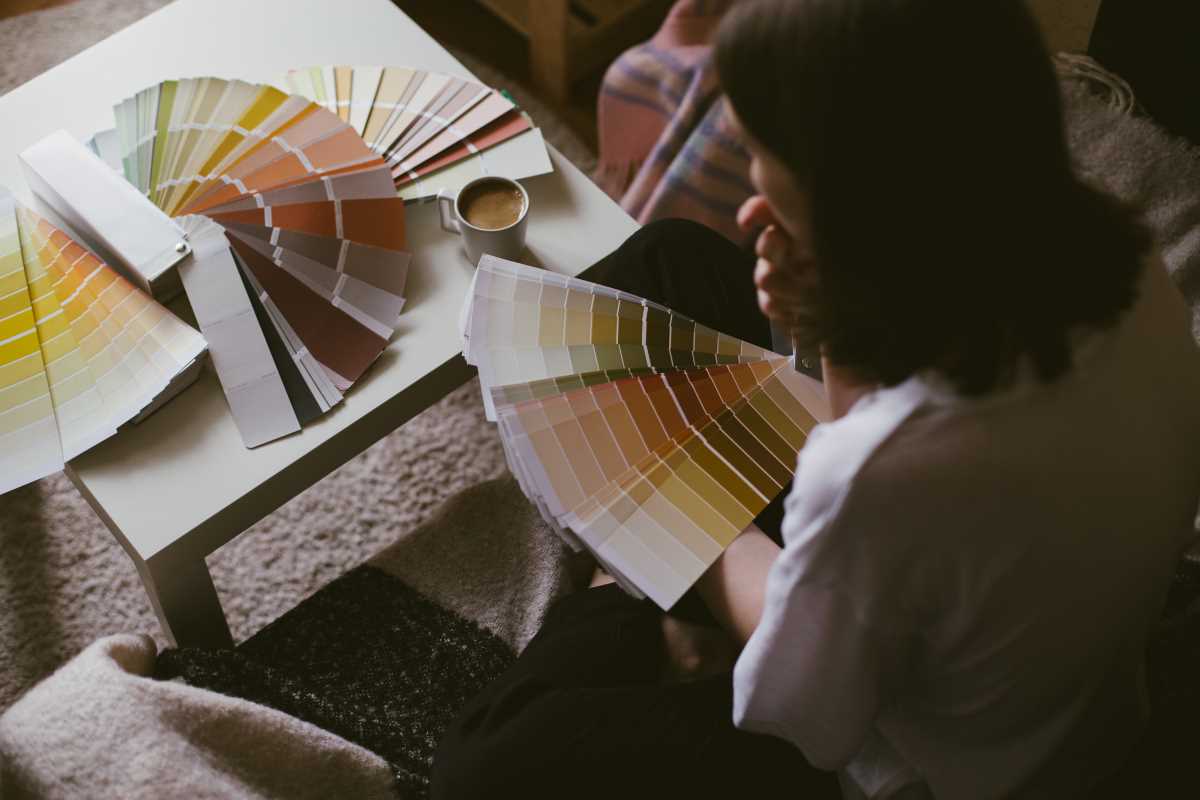 (Image via
(Image via